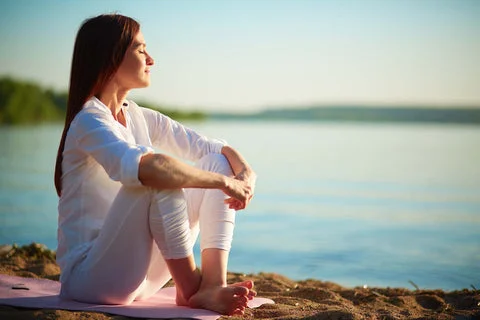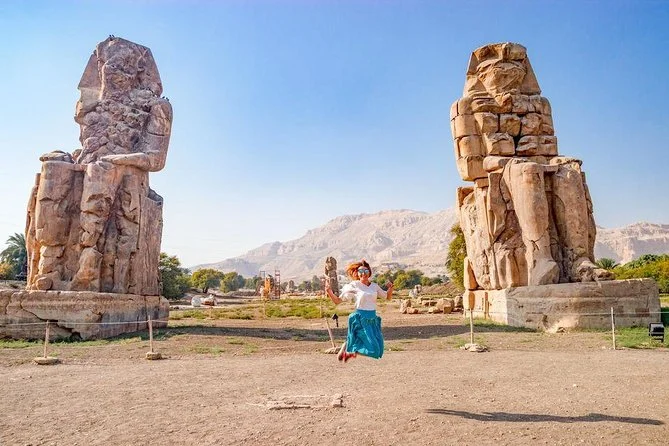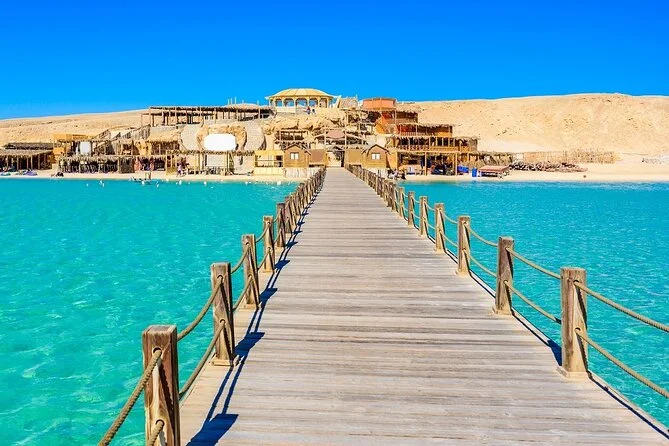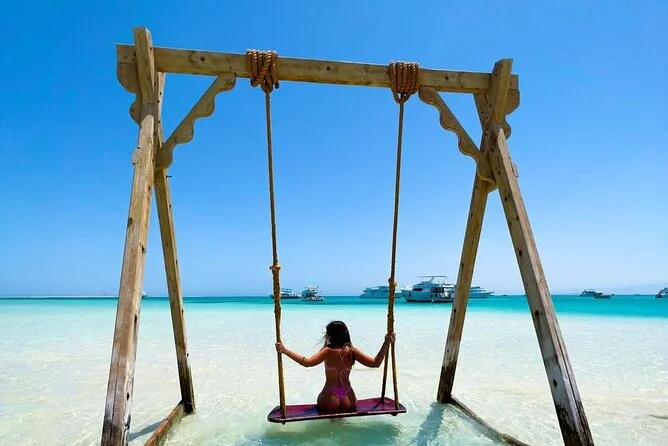Red Sea 2026: How the Sea Lifts Mood and Aids Burnout
Quick Summary (TL;DR): Time by the Red Sea supports mood regulation and post-burnout recovery through sunlight, buoyancy, rhythmic movement, and low-effort immersion in nature—best tapped via gentle snorkels, unhurried swims, and early starts.
At sunrise off Sharm’s shore, the water lies glassy and warm, the kind that lets shoulders loosen the instant you step in. During our March 2025 visit, a slow fin across a shallow reef set the pace: breathe, glide, notice. Parrotfish clicked at coral, a sand ray shifted, and for 30 minutes the brain’s to‑do list gave way to color and motion. It’s this pairing—predictable rhythm and sensory richness—that keeps travelers returning to the Red Sea when work stress spills over.
Why now? In 2025–2026, wellness travel has matured beyond spa menus to evidence‑minded, outdoors-first routines. The Red Sea’s mix of high sunlight hours, warm water (roughly 22–29°C across the year), and short, structured outings fits recovery goals without over‑scheduling. Local operators report more requests for slower, half‑day trips and early departures to avoid wind and crowds, aligning with travelers’ focus on sleep, sunlight, and gentle movement.
What Makes the Red Sea Special in 2026
The Red Sea offers a rare combination for frazzled minds: easy access to shallow reefs, consistent visibility, and calm coves where you can float and reset attention without adrenaline. According to dive instructors, finning slowly at the surface—one breath every 10–12 seconds—naturally paces breathing and heart rate, a practical cue for anxious bodies. Sunlight exposure early in the day helps anchor circadian timing, while saltwater buoyancy reduces joint load so even tired legs welcome movement. The sea’s consistent “soft fascination” (schools of anthias weaving, rays of light across sand) occupies just enough attention to quiet rumination while leaving mental space to think. As of 2026, more boats use fixed mooring buoys at popular sites, so reef entries are clearer and interruptions fewer—ideal for an unhurried hour in the water.
Top Things to Do in the Red Sea
- Sunrise snorkel at Ras Mohammed National Park: Early boats find gentler surface chop and fewer fins over the coral wall. The protected coral reefs of Ras Mohammed National Park reward slow observation and short, mindful laps.
- Island day to the Giftun group: In Hurghada, pale-sand beaches and shallow lagoons make low‑effort swims easy. Full-day island hopping tours typically depart at 8 AM for the Giftun Islands, returning by mid‑afternoon when winds rise.
- Shore entry with turtles at Abu Dabbab Bay: Near Marsa Alam, a seagrass meadow hosts green turtles in walk‑in depths. Abu Dabbab Bay is beginner‑friendly with clear access points and lifeguard oversight in season.
Where to Stay in the Red Sea (2026 Guide)
Sharm El Sheikh suits first-timers who want easy resort access to house reefs: Naama Bay for walkable evenings (couples, social solo travelers), Sharks Bay for calm swim entries (beginners, families), and Hadaba for quieter coves (rest-seeking couples). Hurghada offers broad budgets and quick boat access; families appreciate Sahl Hasheesh’s sheltered beaches, while nearby El Gouna is a polished, design-forward base with lagoons and kitesurfing for active travelers. South of Marsa Alam, smaller lodges line tranquil stretches—good for longer stays, writers on deadline recovery, and anyone who values low noise and red‑gold sunsets. Accessibility varies: many resort jetties have ladders, some provide beach wheelchairs on request, and calm bays suit cautious swimmers; soft sand and occasional steps may challenge wheelchair users—confirm ramped access before booking.
Best Time to Visit the Red Sea
January–February: Air 18–22°C, sea ~22–23°C; quiet, budget‑friendly, cool evenings. March–May: Air 24–30°C, sea ~23–25°C; rising crowds, clear mornings—great for snorkeling. June–August: Air 34–39°C, sea ~27–29°C; hottest, plan dawn swims and shaded breaks. September–November: Air 26–32°C, sea ~27–28°C; warm water, popular but manageable—many consider October the sweet spot. December: Air 20–24°C, sea ~24°C; calmer, festive season demand spikes at select resorts.
Getting There and Around
Fly into Sharm El Sheikh International (SSH) for South Sinai or Hurghada International (HRG) for central Red Sea; Marsa Alam (RMF) serves the southern coast. Ras Mohammed lies roughly 25 km from Sharm’s hotel zones by road, and boats reach nearby reefs in 20–40 minutes depending on site. From Hurghada, boats to the Giftun area typically run 45–60 minutes; El Gouna sits about 30–35 km north of HRG by road. Pre‑book hotel transfers or reputable private cars; licensed boat trips and dive centers manage site logistics. Local minibuses exist between towns but aren’t ideal for gear days or tight schedules.
Sustainable Travel Tips
Choose operators that use fixed mooring buoys and brief guests on reef etiquette; avoid touching coral or standing on bommies. Wear long‑sleeve swim tops to reduce sunscreen load and use reef‑friendly formulas. Carry a refillable bottle; many resorts offer filtered stations. Keep hands to yourself—no feeding fish or chasing turtles—and give at least 3 meters of space to marine life. Dress modestly in town away from resorts. Opt for small‑group outings and morning departures to reduce crowding, and consider slower itineraries (three water days across a week) to let the body genuinely rest.
Frequently Asked Questions
How many days do you need in the Red Sea?
Plan five days for a balanced reset: two gentle snorkel mornings, one island day, one rest day onshore, and a final easy swim. This cadence builds exposure to sunlight and movement without overloading energy reserves.
Is the Red Sea good for solo travelers?
Yes. Dive and snorkel centers routinely pair solo guests, and resort zones are compact and patrolled. Dahab and Naama Bay offer walkable dining and shore entries; look for house-reef hotels and small‑group outings via snorkeling and diving tours to meet like‑minded travelers.
What's the best month to visit the Red Sea?
October. Water sits around 27–28°C, air is warm but not searing, and post‑summer crowds thin. Early boats secure calmer conditions and clearer briefings, while evenings are comfortable for sleep and recovery.
For travelers rebuilding after burnout, the Red Sea rewards consistency over intensity: sunrise light, short swims, long rests. Keep plans simple, savor the quiet, and consider a follow‑up stay in laid‑back Dahab to extend the calm.



